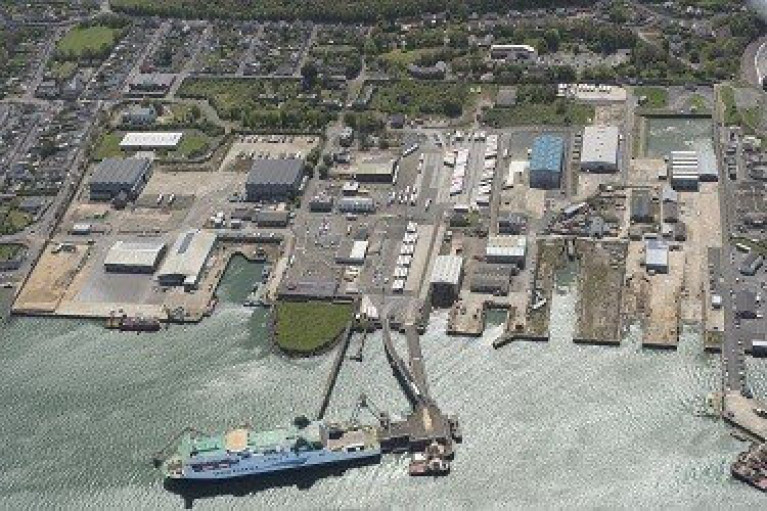Displaying items by tag: Planning Application
Douglas Harbour Planning Application An 'Important Development'
A planning application submitted by the Isle of Man Government's Department of Infrastructure (DoI) to improve Douglas Harbour is an important development according to the Minister.
It's for a marine dolphin and footbridge on King Edward VIII pier, and would include installing a mooring platform and mooring bollard.
Additional work not included in the plans will also be carried out which doesn't need approval by the planning board.
Chris Thomas says the work will improve the harbour in bad weather especially, and explains what marine dolphins are: (according to Manx Radio's audio clip that includes reference to newbuild ferry Manxman due in 2023).
The Minister added that the application has been put together in consultation with the Isle of Man Steam Packet, and more details will be given to Tynwald members and the public in September.
The Steam Packet has declined our invitation to comment.
Port in Wales Submits Planning Application for Major £60m Marine Renewable Energy Development
In Wales a planning application has recently been submitted by the Port of Milford Haven seeking approval for works to begin at Pembroke Port.
The application is for infrastructure needed to support the development of a world-class renewable energy and engineering hub, promoting economic growth and creating jobs and prosperity across south west Wales.
The marine energy opportunity off Pembrokeshire’s coastline is world-class.
The industry is already creating skilled, year-round employment in Pembrokeshire, taking advantage of the area’s natural wind, wave and tidal resource and its experienced and highly regarded supply chain. But the creation of a modern port facility will be critical to attracting and retaining this fast-growing industry, as well as other blue growth sectors.
“This is an important milestone in the project and after more than four years in development we are eager to move forward and continue to fulfil our role as a Trust Port by creating the foundations on which communities and businesses can thrive”, said Andy Jones, CEO at the Port of Milford Haven.
“This transformational development will play an important role in the region’s post-covid economic recovery as well as making a positive contribution to Wales & UK net zero decarbonisation targets”, Andy continued.
“These works are an integral part of the wider Pembroke Dock Marine project and we have every confidence that the development will create a more attractive operating environment for inward investors and for local businesses, creating year-round, highly- skilled, well paid jobs for our communities”.
The Pembroke Dock Infrastructure project has been part-funded by the European Regional Development Fund through the Welsh Government, together with private investment by the Port of Milford Haven. The works also form part of the wider £60m Swansea Bay City Deal funded Pembroke Dock Marine project.
If approved, work is expected to commence in 2021 with anticipated completion of the immediate works by 2025.





























































